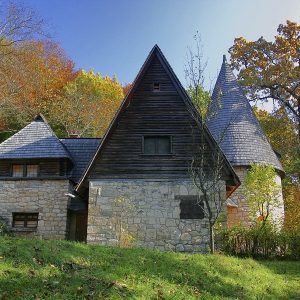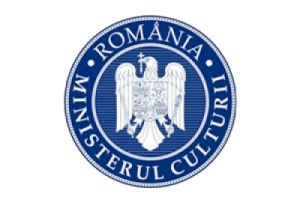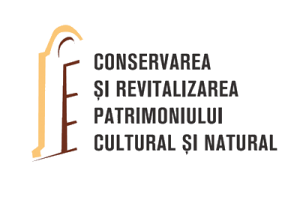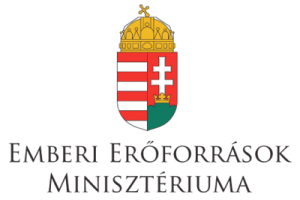- National Monument Number:
- -
- Address:
- Stana
- Dated to:
- 20th century
The village with mixed, Romanian-Hungarian, population dates from the Árpád era. It is located in the western part of Transylvania, in the region of Țara Călatei (Kalotaszeg), north-east of Huedin. To the south of the village, near the old railway station, at the turn of century it was constructed the villa quarter with beautiful, private villas. Several of these were planned by Károly Kós (1883-1977)- architect, writer, ethnographer and politician.
During the Transylvanian battles of the IInd World War, in October 1944, the inhabitants of the neighboring village, Nadășu, have looted the entire resort of Stana, including the Castle ”Varjúvár”, built by Károly Kós. At the same time, they destroyed the building entitled ”Varjú-tanya” (crow farm), also built by Kós, on the hill above the villa, where the artist used to work. In 1944, Kós was forced to leave Stana and never returned.
The building contains the architectural style characteristic to Kós Károly, which is inspired from folk architecture. The ground floor of the castle has no plaster, it is a masonry of broken stones, while the upper-floor is made out of wood. The building has gable roof and its characteristic tower, with rounded ground floor, is covered with shingles. The building is defined by the fact that Kós has designed all the small details, including unique doors and windows, handles and hinges which he designed with good artistic taste. At this time, the building is private property, therefore it can be visited only from outside.











